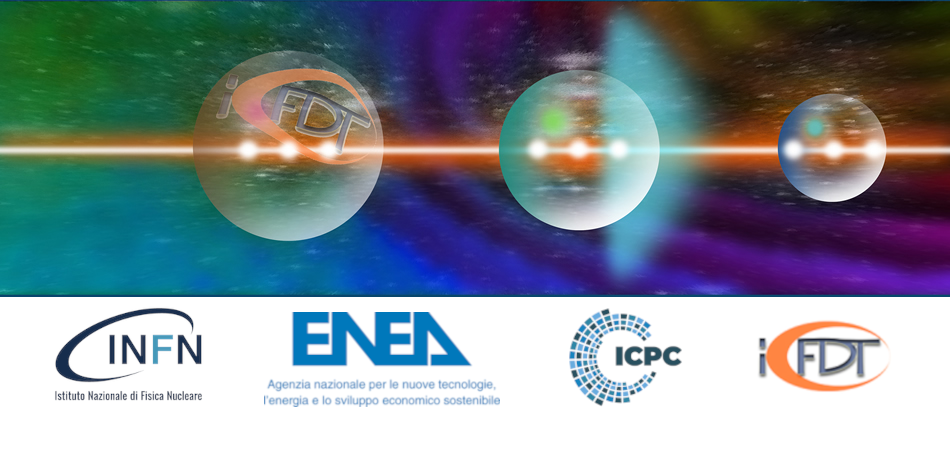Speaker
Description
Very High Energy Electron (VHEE) radiotherapy has emerged as a promising technique for revolutionizing cancer treatment. Unlike traditional photon-based radiotherapy, which often struggles with suboptimal dose distribution and challenges in sparing adjacent healthy tissue, VHEE employs high-energy electrons (approximately 250 MeV) that are accelerated to extremely high velocities. These electrons can be precisely targeted at deep-seated tumors, offering superior penetration depth and optimal dose distribution. Leveraging the unique properties of charged electrons, VHEE delivers energy with remarkable precision, enhancing the effectiveness of tumor targeting while minimizing damage to surrounding healthy tissues.
Our research focuses on developing a capillary-based laser-plasma acceleration system at the I-LUCE (INFN-Laser indUCEd radiation production) in Catania, Italy, to generate high-energy electron beams tailored for both VHEE and FLASH radiotherapy (FLASH-RT) applications. The capillary system is designed to optimize the acceleration of electrons by varying parameters such as length, diameter, and channel shape, which will be investigated to enhance the production of high-quality electron beams.
Capillaries, known for their ability to provide precise energy control, require advanced laser focusing and a sophisticated experimental setup. However, they excel in producing high-quality electron beams by guiding and confining laser pulses and plasmas over long distances. This leads to increased acceleration gradients and improved control over beam properties such as emittance. The use of capillaries in laser plasma accelerators (LPAs) holds significant potential for VHEE applications, particularly within the Laser Wakefield Acceleration (LWFA) framework, allowing for electron energies to reach several GeV.
By harnessing the capabilities of the I-LUCE laser facility—offering power levels from 50 to At I-LUCE, we harness the capabilities of the laser system, which offers power levels ranging from 50 to 350 TW, energy per pulse between 1 and 7 J, and pulse durations of 23 to 150 fs. With intensities of $10^{17}-10^{19}$ W/cm$^2$ and plasma densities of $10^{17}-10^{19}$ cm$^{-3}$, we aim to generate electron beams with energies between 100 MeV to 3 GeV. These beams will carry charges from 30 to 400 pC and contain $10^{8}-10^{9}$ particles per pulse, demonstrating the facility's advanced capabilities in particle acceleration for VHEE applications.

